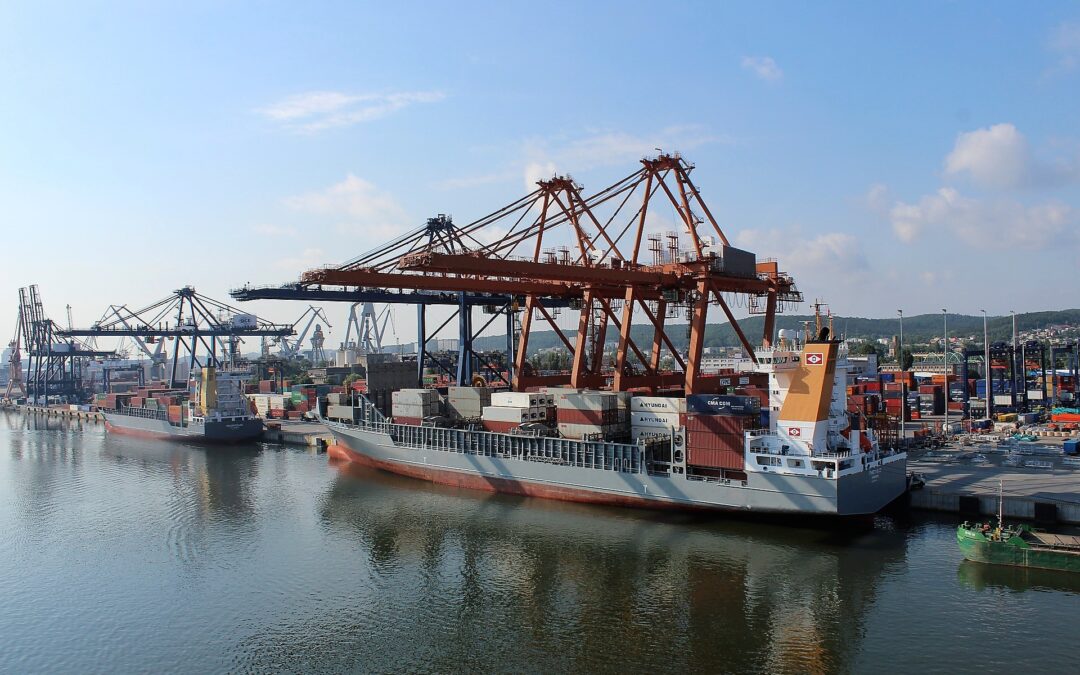Poland’s exports to Russia reached a value of 8.1 billion zloty (€1.8 billion) in the first quarter of this year, marking a rebound to levels last seen before the introduction of the Russian ban on many EU goods in 2014.
Yet that embargo – which was aimed in particular at agricultural products, raw materials and other foodstuffs – has seen the type of Polish trade with Russia change significantly.
While previously Poland mostly sold food products to its eastern neighbour, it now exports many more manufactured goods, including machinery as well as electric, automotive and chemical products.
According to official data from Statistics Poland (GUS), in the first quarter of 2021 Polish exports to Russia increased by 633 million zloty (€140 million) year-on-year, rising from 7.5 billion zloty in the same period of 2020.
Before the embargo was introduced in 2014, Poland had sent goods worth 7.7 billion zloty to Russia in the first quarter of 2013, before slumping to 7.2 billion zloty in 2014 and just under 5 billion zloty in 2015.
A ban on the import of several products from the EU and other countries that supported anti-Russian sanctions during the Ukraine crisis has been in place ever since.
During that period, products of plant origin, which previously made up the largest proportion of Polish exports to Russia, have dropped to just 1.3% of exports. The food from Poland that does reach Russia is now mostly frozen fruit and vegetables as well as bread, reports Business Insider Polska.
Polish exports to Belarus have also dropped this year amid frosty diplomatic relations between the two countries, with sales of apples and pears falling by more than a fifth (21%) in the first quarter.
Instead, Poland has ramped up sales of manufactured and industrial products. Relative to last year, exports of medicines, cars and automotive parts, as well as digital processors, to Russia have been notably rising.
In the first quarter of this year, Poland sold 198 million zloty worth of turbojet engines to Russia, as well as 230 million zloty of pharmaceuticals (up 154 million zloty year-on-year), and 285 million of digital processors (up 77 million zloty year-on-year), according to Business Insider.
“An opportunity for Polish companies is also the dynamic development of the e-commerce sector in Russia, which is at an earlier stage of development than in Poland,” according to Ebury Polska, a Polish company developing financial technology for trade.
The company said that, based on expert estimates, e-commerce in Russia will account for almost a fifth of the country’s retail by 2024.
Main image credit: Tomasz Mankus/Pixabay

Maria Wilczek is deputy editor of Notes from Poland. She is a regular writer for The Times, The Economist and Al Jazeera English, and has also featured in Foreign Policy, Politico Europe, The Spectator and Gazeta Wyborcza.




















